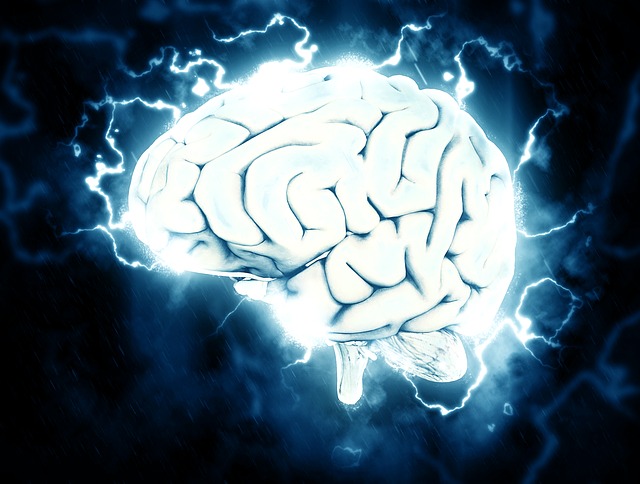The Middle School Brain
May 4, 2019
It’s a mess. A young child’s brain is like a tree growing tall and filled with beautifully colored leaves. Then at 11 or 12, a storm hits, shaking the tree, stripping the leaves, cracking the branches, and twisting the trunk. That’s the middle school brain.
The science of it has to do with the release of the gonadotropin hormone into the pituitary gland, stimulating neurotransmitters such as dopamine, serotonin, and oxytocin—the chemical names for “Everybody hates me,” “Of course I can skateboard down that hill,” and “Leave me alone I just want to sleep.” As Hank Pellissier, founder and director of Brighter Brains Institute, describes the adolescent brain in technical terms, “all hell breaks loose.”
More than twenty percent of the brain’s synaptic superstructure is destroyed in this pubescent tsunami. The personality of the child is radically transformed—which may be why stories about zombies, werewolves, and vampires are so popular. Through the teen years, the brain rebuilds itself from back to front, ending up at the neo-cortex, the center of executive functioning skills. According to Jay Giedd, a neuroscientist at the National Institute of Mental Health, “It’s sort of unfair to expect [teenagers] to have adult levels of organizational skills or decision making before their brain is finished being built.”
Middle school students have an average attention span of about ten minutes and can process maybe about five new items of information in that time. Giving them any more than this is like throwing cards into a windstorm and expecting them to land in the shape of the Chrysler building.
The shape-shifting middle school mind clings to structures that can help it rebuild. In other words, stories. Peter Lorrain at the National Education Association recommends a variety of stimuli with “lessons and activities that require problem solving and critical thinking. Brain growth is enhanced and strengthened through practice and exercise.”
“Teaching through the imagination is the single most neglected resource in all of education,” says Thomas Armstrong, author of The Power of the Adolescent Brain. “When students are asked to visualize a scene, they essentially transform their outwardly crackling energies into kinetic mental images. The imagination can be regarded simply as behavior turned inward.”
This is the Midgard philosophy. The imagination, stimulated by great storytelling, is the calm in the storm of the middle school mind.
Contact us


